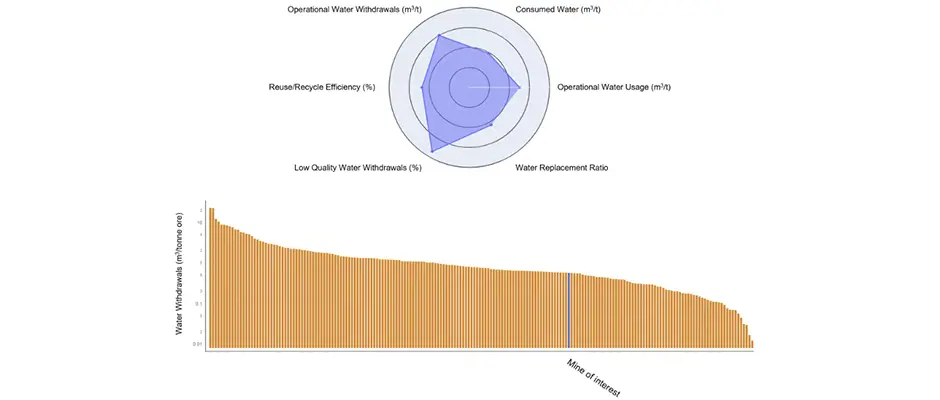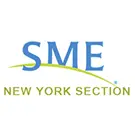Although specifically included in the key public disclosure standards, mine closure and associated costs are often considered relatively unimportant due to the timing of closure expenditures late in the mine life cycle. During early project phases closure plans are typically conceptual and may (or may not) provide adequate detail for estimating costs at the required level of accuracy. The impact of closure costs on NPV calculations may be limited for many projects due to the effects of standard discounting procedures, and as a result, considered inconsequential in decision making. However, when evaluating closure and closure costs as a Qualified Person, it is important to understand the true cost of closure (less discounting).
This webinar will address key points to consider as a QP when evaluating closure plans and then look at key aspects of closure costs and methods used to estimate them. We will explore the major costs, determining the accuracy of the cost estimates, typical areas of cost uncertainty, and the effects of NPV calculations on cost estimates. We will also look at how closure costs evolve over time as projects evolve.
Learn more about Jeff Parshley's mine closure work




